Situated in 520, Rabindra Sarani, stands tall the 300 years old Thakur Dalan of Madan Mohan at Chitpur Road near Kumartuli in Baghbazar area. Earlier, the address was 161/1 Upper Chitpur Road.
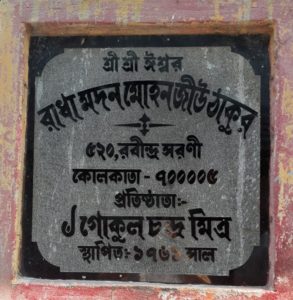
Although varied with time, the grand thakur Dalan with its gigantic doric pillars, huge ball rooms and the remarkably wide marble stairways still hold the stories of the erstwhile Calcutta. Here stands on the silver throne the statue of Madan Mohan (Lord Krishna) playing his flute with Radhika standing left to him, mesmerized in the celestial tune of his divine flute.
During those days, the rich and the affluent used to build marvellous temples for their deities according to their financial capabilities. Of course, the architectures also spoke extensively of the socio-economic influence of the period in which they were built. Madan Mohan’s temple cannot be compared with a traditional Hindu edifice. Infact, it can easily be related to a palace built in European style. On entering the 2 storey building through its huge wooden doors, one would be enthralled by the gigantic pillars inside the vast courtyard. In the Eastern side of the courtyard is the Jhulan-Dalan where the Idol of Madan Mohan was established in the initial days. There, he was placed on a wooden throne.
Later, Madan Mohan was shifted to his new abode constructed in the first floor of the Dalan. Now, one must climb the extensively wide marble stairways to pay homage to the deity.
The Inner chamber of the god is a huge hall more like a ball room with a Nahabatkhana or Sahanai Player’s room in its southern end.
Further down the Madan Mohan Temple is situated the Rash-Mancha of the God. Here, the deity is brought every year during the Rash Festival followed by local fairs and devotees flocking in, to be a part of the celebration. Recently, the Rash Mancha has been whitewashed. Sadly this has washed away the aesthetics that whispered of it’s past.
This Madan Mohan Temple was built by one Gokul Chandra Mitra in 1761, who can be accredited as one of the earliest settlers of Calcutta. Born in 1728 at Baligram, in Howrah, young Gokul Chandra migrated to Calcutta with his father Sitaram, due to the continuous attack of the Maratha soldiers who used to extort wealth from the natives in the name of tax collection.
Gokul Mitra grew up to be an intelligent and an ambitious man who rose high in life. During that time the Bengali business class earned a lot of money through salt business. Cheap labourers readily available, could extract salt from the salty waters easily. These laborers were paid in pennies. The salt traders used to make humongous profits from this business. When the East India Company received the Zamindari rights of 24 Parganas, they invited the natives to extract salt against a commission. Gokul Mitra soon excelled as a salt trader. He established a salt godown initially in his house and later shifted it to Nimtala ghat street. He had also made a Ghat in his name that he used for his salt business. In no time, he became one of the wealthiest and powerful man. He also started a business of supplying food for the animals like elephant, horses and camels that were used by the East India Company. Through all his business activities, he earned a lot of wealth. In 1756 when Shiraj-ud-daulah attacked Calcutta, he along with other powerful businessman like Gobindaram Mittar, Banamali Sarkar and Umi Chand had helped in cutting down trees to create barriers to protect themselves from the loot due to the attack.
He, along with Raja Naba Krishna Deb had once requested the East India Company to give them the permission to collect taxes from Calcutta and 24 Parganas against rupees 13 lakhs per year. However, Lord Clive did not give permission as he thought the 2 powerful men would not be able to do justice to the natives.
Gokul Mitra had a sprawling house which was built on 56 bigha (22.5 acres) of land behind the Madan Mohan Temple. Nothing much remains today. With time Gokul Chandra’s wealth, and the lavish lifestyle of the family has disappeared. Once reverent and stately, the house now stands completely dilapidated with a sign board from Kolkata Municipal Corporation (KMC) hanging on its door warning passerby to be careful and prohibiting them from entering the portals of the house. What remains is the Madan Mohan Temple and its estate.
The Madan Mohan deity’s history is linked to Bishnupur in Bakura. It is believed that the idol of Madan Mohan dates back to 500 years. The idol once belonged to a poor priest called Dharani who resided in the jungle of Bishnupur. When Raja Bir Hambir (1591- 1616) of Mallya Kingdom went for hunting he saw the beautiful idol and got immensely attracted to it. He requested the Brahmin to give away the idol to him. The Brahmin was not ready to part with his god. So the king stole the idol from the Brahmin and established it in his kingdom. Later almost after hundred year in 1694, Raja Durjan Singha of the Mallya Kingdom had built the temple of Madan Mohan in Bishnupur.
During the reign of Raja Gopal Singha (1730 – 1745), the Maratha soldiers under the leadership of Bhaskar Rao started attacking their kingdom. The Mallya soldiers could not resist the attack. It is said, that Gopal Singha ordered everyone in his kingdom to lock themselves inside the Bishnupur Fort and recite the name of Madan Mohan. The local people of Bishnupur still believe that Madan Mohan had saved the lives of their ancestors that night. During 1770, there was a great famine in the kingdom. The treasury was almost empty. Raja Chaitanya Singha was then the king of the Mallya Kingdom. He was a pious man and engaged himself in devotional activities. Due to his absence from the day to day work, his minister Kamal Biswas started looking after the daily chores of the kingdom. Taking advantage of this situation, his cousin Damodar Singha conspired against him. He hired soldiers from Shiraj-ud-daulah to attack Bishnupur but could not succeed. Later, he again attacked Bishnupur by hiring soldiers from Mir-Zafar and ultimately captured Bishnupur from him. Chaitanya Singha fled to Calcutta to seek justice from the British. During his flight he had only brought his home deity Madan Mohan along with him. The British advised him to file a case against his brother, Damodar Singha. But to file a case in the British ruled Calcutta, Chaitanya required a lot of money. He helplessly sought financial help from Gokul Chandra of Baghbazar. He required Rupees 1.3Lakh to fight his case. He mortgaged his only belonging, the idol of Madan Mohan to Gokul Mitra against the money. As per the understanding between Gokul Mitra and Chaitanya Singha, the later was supposed to pay off the loan and take the idol back after a given period. Some believe, due to the failure of paying off his debts, Gokul Mitra did not return the idol and later added the idol of Radhika to it.
Others believe that although Chaitanya Singha had paid off his debts on time, Gokul Mitra had returned a replica of the original idol. Some further believe that, Gokul Mitra had a dream from Madan Mohan one night. In his dream Madan Mohan told him that he was leaving his residence and going to Bishnupur to reside. But, once every year, the day after Kali Puja, during Annakut, he would visit his residence disguised as a fly. From then onwards, till the present day, Annakut festival is celebrated in Madan Mohan temple with great pomp and glory.
Thousands of villagers come from Bishnupur every year on this day in Bagh bazar marking with their deep rooted belief, a fable to be true. The estate provides food to all the devotees on that day. They celebrate the day with folk songs and dance to please the god and seek his blessings in return.
Reference
- Kolikata Darpan Vol-I, Radharaman Mitra
- Chitpur Chitrakatha, Pradip Patra
- Bonedi Kolkatar Ghorbari, Debasish Bandhyapadhya
- Story of Ghauts of River Hooghly, Kolkata Port Trust
- Family member – Madhav Mitra







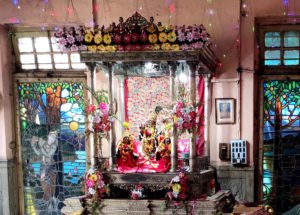
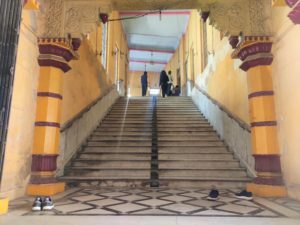
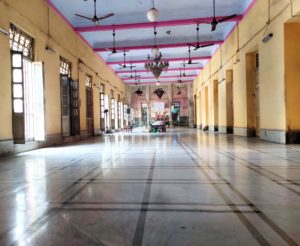
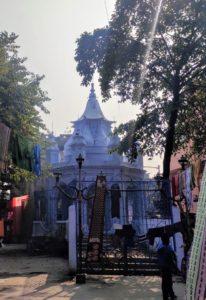
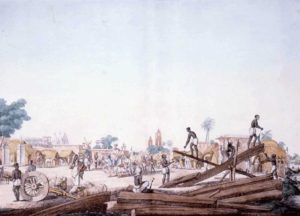
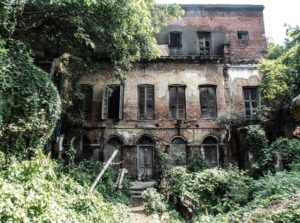
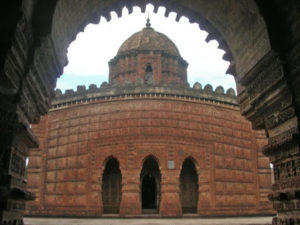
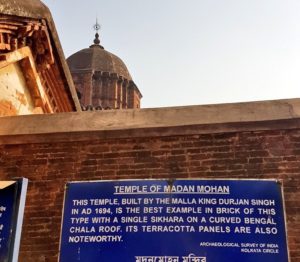
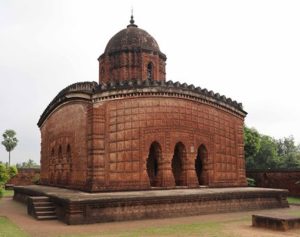
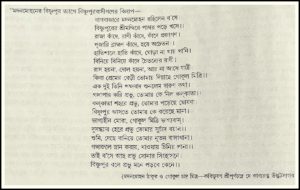
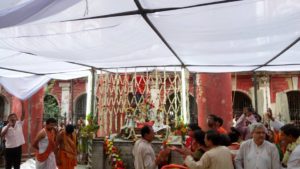
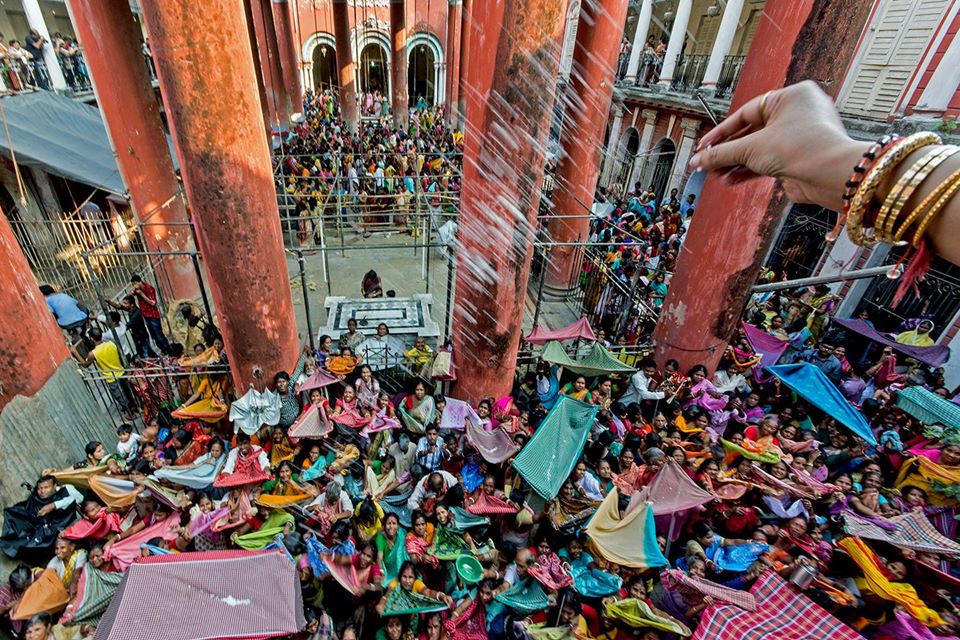
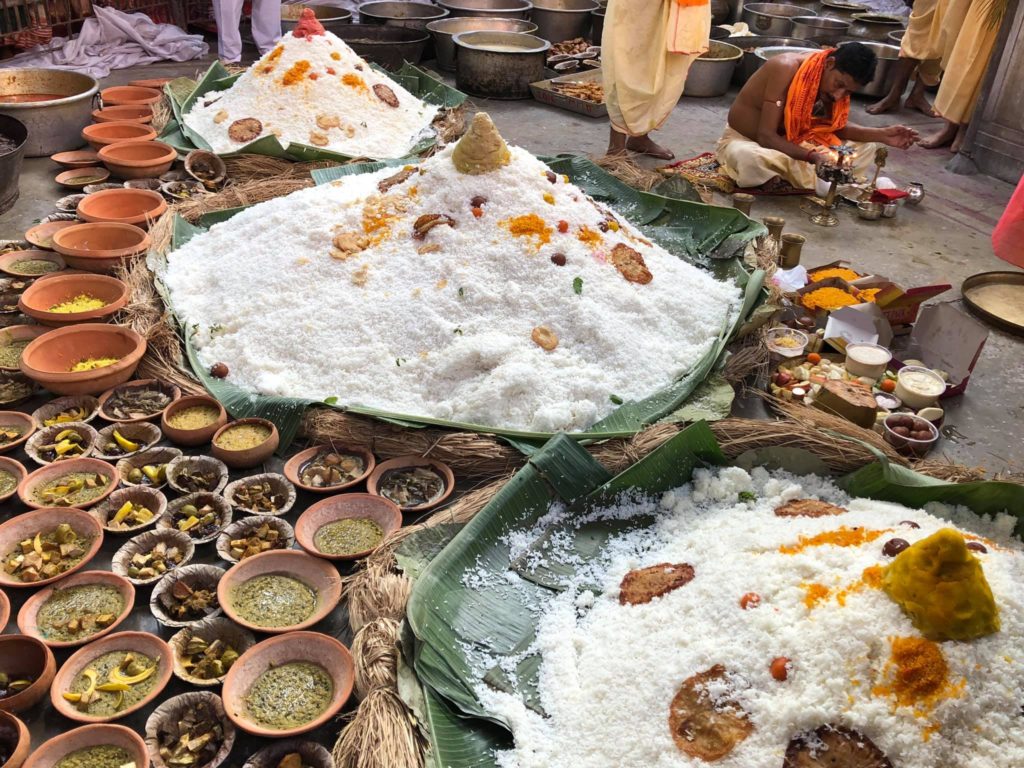
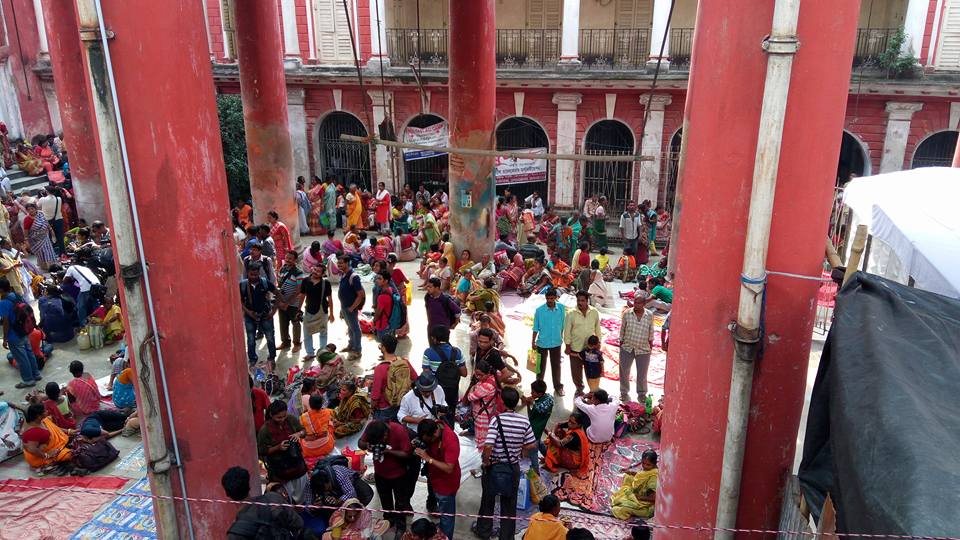
Very very nice ?.many. Things. To. Learn
Thanks:)